Which pots can and cannot be washed in the dishwasher?
Not all types of pans can be washed in the dishwasher. A number of materials will not survive such a procedure. Typically, conflicts arise with detergents and temperature. And there is a way to get around these factors.
How to compactly load pots
The water flow in most household dishwashers comes from below: the spray arms are located under the baskets with dishes. Therefore, it makes sense to place flat objects at an angle so that they fall under the jets. But ladleware, pots, salad bowls, etc., deep objects must be placed upside down - otherwise the water will not be able to drain, it will collect in a puddle, and the dishes will not be washed properly and, most importantly, will not dry out.
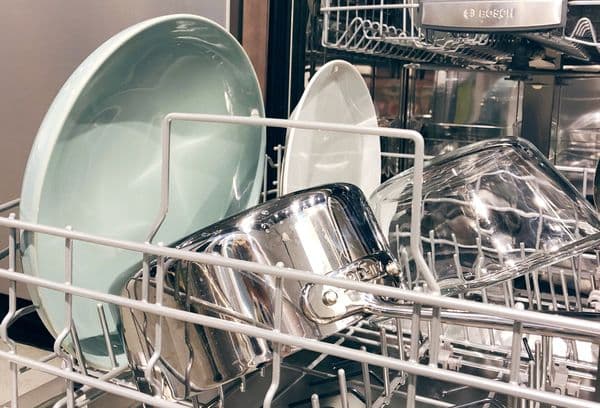
Advice
The magazine purity-en.htgetrid.com does not recommend machines with a single spray arm located above the dish tray - the device will be difficult to rinse deep containers.
How exactly to stack the pots depends on the size of the tray and the presence of dividing walls and stops in it. There is only one general rule - pots, pans and large salad bowls are loaded into the bottom tray.
The manual for the dishwasher must include instructions. It usually contains pictures of how to properly load the device. The pots do not have to be placed level - a slight tilt is quite acceptable, as long as there is no strong overlap - otherwise the sprinklers will not be able to spray water on the dishes. You can’t stack them - the items simply won’t be washed.
From personal experience
If the machine is old, then it lacks pressure, and even a neatly upside-down pan remains dirty inside. Be sure to keep the nozzles on the sprinklers clean.
Illustrations from the instructions for the old Electrolux and an example of loading it in practice:
What materials should not be put in the dishwasher?
Since detergents for machines are much more aggressive than for hand washing, and the water temperature reaches 90 degrees, porous, fragile or easily rusting objects should not be placed in the device.
Which pots should not be washed in the dishwasher:
- Salad bowls and tureens in the form of pans (made of fine porcelain or glass, majolica, using the Gzhel, Khokhloma, etc. techniques). Fragile materials quickly crack, become cloudy or lose their glaze due to vibrations and too hot water.
- Clay and ceramic pots for baking, but without glaze - these materials intensively absorb detergent and reluctantly release it during rinsing, so the dishes will be toxic at the end.
- Pans with Teflon, ceramic and other non-stick coatings without a special protective layer - after several washes, such pans will “peel off” to the aluminum or steel base and lose their key properties. Multicooker bowls fall into this category - they require manual care only.
- Aluminum - usually cleaning in the dishwasher turns into a disaster for them. The detergent removes the protective film of oxides, and the metal reacts with water. The result is darkening and unsuitability for food purposes.
- Cast iron cauldrons and frying pans — these dishes are too heavy and easily damage the fasteners, but the main thing is that the material rusts from prolonged humidity, and in the dishwasher, the filling usually remains until the morning.
- Any with handles made of wood or plastic, not designed for high heat.
A special word about enamel cookware. If it is iron and has chips on it, it will rust in the dishwasher. If the enamel is old or cheap, it will quickly crack. But expensive, high-quality enamel over cast iron is one of the best solutions. It does not peel off and does not allow the metal to oxidize. The only limitation is weight. A small 2-liter saucepan can still be placed in a tray, but a 5-liter cauldron is not worth it.
Advice
Even very good enamel will last longer if it is not tormented by too aggressive detergents. Therefore, cleaning in a PMM is acceptable, but not recommended.
Which pots can be washed in the dishwasher without restrictions:
- stainless steel;
- small cast iron with high-quality enamel;
- glass for baking and microwave (designed for high temperatures);
- modern (and usually expensive) pans have a protective layer on top of ceramic or non-stick coating, preferably steel rather than aluminum in the base.
Advice
Information about whether the pan is allowed to be washed automatically must be on the bottom or in the instructions for the pan. Pay attention to the icons before purchasing.
How to bypass restrictions
There is nothing absolute in our world, and materials that do not tolerate the dishwasher can be loaded into it. How?
First of all, it is worth purchasing a unit with several modes, and even better, with a choice of temperatures. Porcelain, glass, plastic, wood are afraid of high temperatures and long-term washing. If you set a short cycle with heating up to 40°, there will be no problems.
Small cast iron pans are most susceptible to prolonged humidity.They do not need to be run on intensive mode - select a fast program and immediately after drying, put the dishes in the cupboard. That's it, rust and swelling are not expected.
Important
The instructions for most dishwashers directly state: before loading into the device, you need to remove any remaining food from the dishes. This not only increases washing efficiency, but also extends the life of the filters and the device as a whole.
Ceramics, Teflon, aluminum, enamel - trust the machine to rinse only, and at a gentle temperature. Rub with a sponge with hand wash gel, throw the remaining food into a bucket, and load it into the dishwasher - you won’t have to waste time rinsing and drying, and the dishes won’t be damaged by aggressive detergent.
Can the unit clean burnt or dried-on food? Unfortunately, in most cases no. Even the intensive mode cannot cope, although the most modern models and detergents give noticeable results. Still a resource purity-en.htgetrid.com recommends soaking dried or burnt dishes for 30-120 minutes, removing the dirty layer with a sponge, and only then sending the items to the PMM.
Truly powerful dishwashers are bulky, very expensive and designed for food service outlets. Home models, even the most modern ones, require human assistance and regular maintenance of filters, sprinklers and pan. If you don’t even have the slightest desire to soap the dishes, then buy only those items that have the “dishwasher safe” symbol on them. Today there are a majority of such samples, but still check the bottom with markings or instructions so as not to make a mistake.
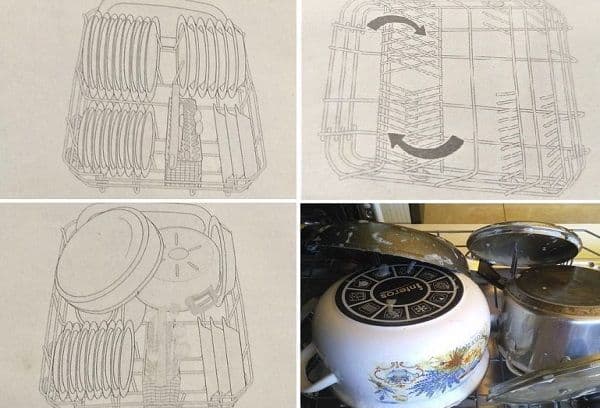
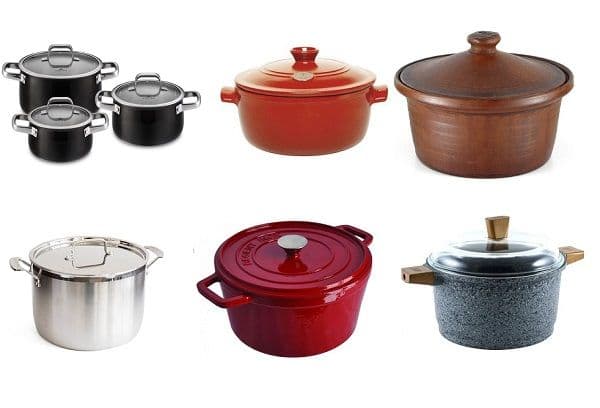
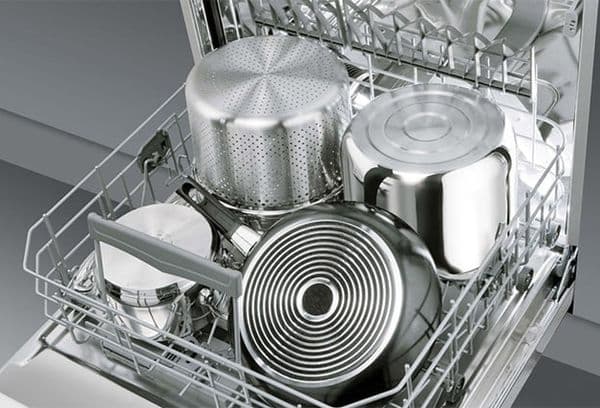
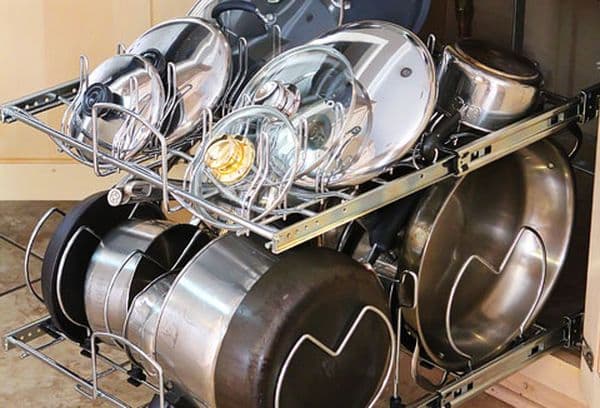
The article is good and intelligible. I just don’t know how to properly place pots in a compact dishwasher. Will you have to not wash the plates and spoons? There is not enough space.
The cauldron was ruined by being washed in the dishwasher. Started to rust.